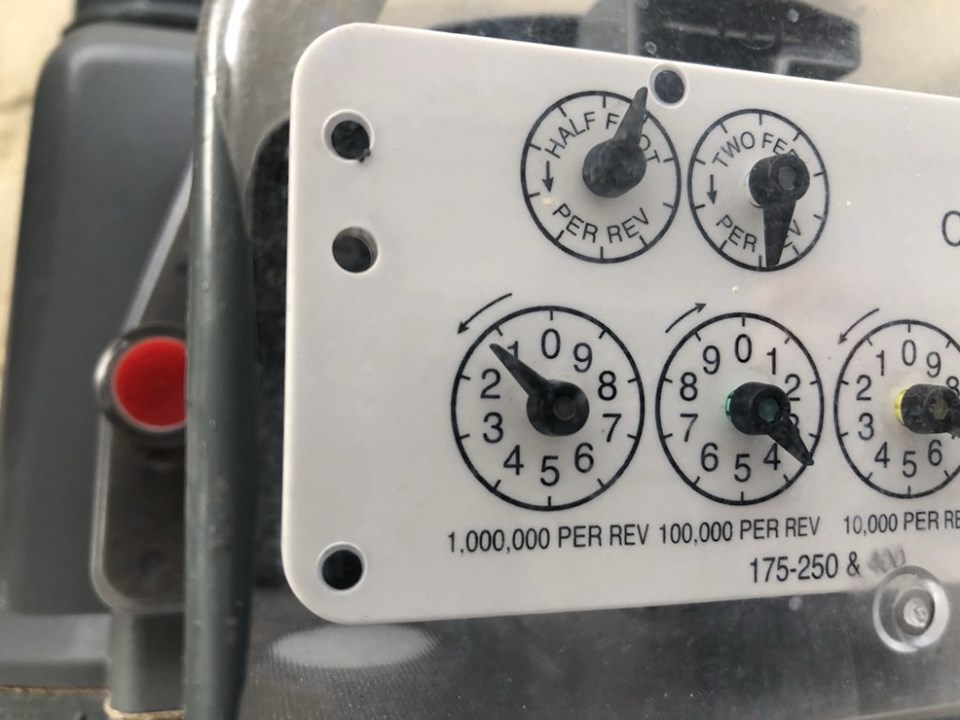
Peter Shokeir | [email protected]
Some users may have seen their water/sewer bill go up following the councilÔÇÖs approval of a new utility rate model earlier this year.
CAO Bill Given explained the municipality expected the bill to go up by $50 per monthÔÇöor $100 per two-month billing cycleÔÇöfor the average residential consumer.
ÔÇťThat was a pretty clear and explicit choice through the entire process,ÔÇŁ Given said.
ÔÇťThe intention of the model is really to create a more transparent system for people to be able to see and understand the types of charges that are being made and where that money is intended to go.ÔÇŁ
In the past, users were charged based solely on the consumption of water with a flat rate for that water.
The Connection, Capital and Consumption (CCC) model now has users billed based on three different factors: connection, capital and consumption.
The connection charge is meant to provide a base level of revenue for the utility.
ÔÇťIt helps account for those core services that are required, whether or not anyone turns on their taps,ÔÇŁ Given said.
ÔÇťFor example, the municipality needs to maintain staff for the front utility billing counter, and we need to have staff at the water treatment plant, and we need to test the fire hydrants.ÔÇŁ
The consumption charge is the cost of the water that is consumed and the wastewater expelled from the property in question, with large-volume consumers paying more.
ÔÇťAnd for most residential users, this cost per cubic metre has actually declined in 2022 under the new model, and so the idea of having a tiered-rate consumption model is there to encourage large-volume consumers to do what they can to reduce their consumption,ÔÇŁ Given said.
One complicating factor is that some properties use ÔÇťbleedersÔÇŁ that constantly drip water to prevent pipes from freezing in the winter, which could exaggerate the impact on their utility bills.
ÔÇťIf someone has a bleeder line, it will bump them up into the highest category of consumption, so they start to pay at a high consumption charge, at a higher rate,ÔÇŁ Given said.
ÔÇťThe municipality is aware of that, and those people who bleeder lines will receive a credit that will compensate it.ÔÇŁ
The municipality applies bleed credits at the end of April once all bleeders are turned off.
The adjustments will show on the March/April utility bill, and the credit will only apply during water bleed season from Nov. 1 to April 30.
The calculation for bleeder credits takes several days of work to complete, and therefore cannot be completed for each billing cycle, according to the municipality.
The capital charge, meanwhile, directly goes towards the costs of maintaining the physical infrastructure for the water and wastewater system.
A 2017 asset management study indicated that about $1.7 million needed to be invested in water and wastewater infrastructure each year.
ÔÇťOver the past number of years, the annual investment in that area has been underfunded, and the strategy with the capital charge is to phase in over that five-year period to eventually meet that amount that was recommended back in 2017,ÔÇŁ Given said.
Commercial propertiesÔÇöspecifically, those with larger water metersÔÇöpay higher capital charges and higher connection charges than residential properties.
A review of the new utility rate model will be brought before council in the fall.
ÔÇťIt is a very fair comment to say that itÔÇÖs a complex model, especially when you see it on your utility bill, because we have consumption charges, capital charges and capital charges for both water and wastewater,ÔÇŁ Given said.
ÔÇťThis is a good example of why you start up a system and with the explicit intention of adjusting and improving on an ongoing basis.ÔÇŁ



